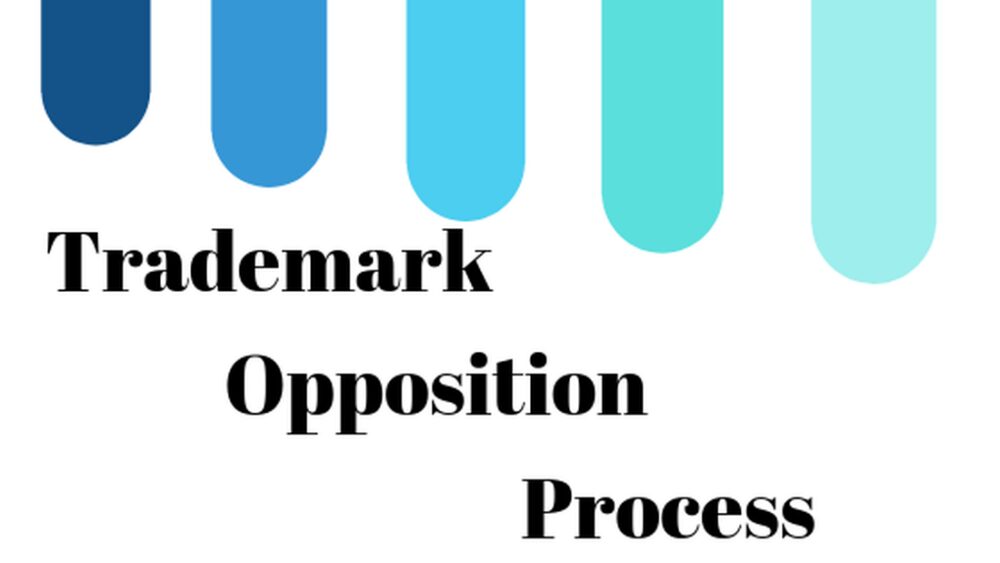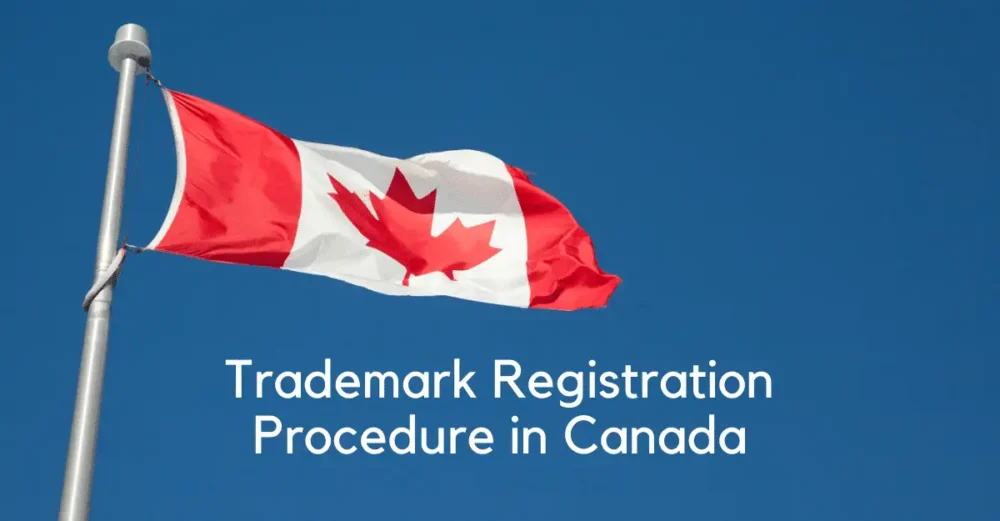No matter how technical the term “opposition proceedings” sounds, we will discuss everything you need to know about them in layman’s terms. We will begin by gaining some insights into the trademark registration process. So, if you run a business in Canada, you should register your trademark. Your trademark could be anything, such as a sign, symbol, design, or a combination of characters that helps you distinguish your goods and services from those of your competitors. And considering that it’s a highly technical process, you need the assistance of a trademark lawyer to file a trademark registration in Canada. Trademark lawyers working for a trusted IP law firm are great at responding to trademark opposition proceedings.
You must register your trademark to keep your competitors from duplicating your products or offerings. In other words, the problem of repetition or duplication arises when a business fails to register its trademark, which leads to various issues later on. It affects the sales of your goods and services and may diminish your credibility in the market if similar goods and services sold by your competitors are of poor quality. Therefore, registering your trademark is essential to protecting your brand, reputation, and credibility in the market.
What Is an Opposition Proceeding?

Source: trademarkangel.com
A legal process opted for by a third party (the opponent), an opposition proceeding helps prevent a business or individual (the applicant) from getting their trademark registered in Canada. Managed by the Trademarks Opposition Board, which operates in place of the Registrar of Trademarks, the process of opposition proceedings before the registrar takes somewhere between two and four years. It might take longer as well, based on the complexities involved.
When to Oppose an Application?
First and foremost, you should track the status of a trademark application (that you think you should oppose) in the Canadian Trademarks Database. Remember, you can only oppose an application advertised in the Trademarks Journal. This journal is published on the CIPO’s website. Remember, the application is only published after being examined and approved by the registrar. The advertised application should be opposed within two months from its first published date.
According to the Canadian Intellectual Property Office, while filing an opposition before the registrar, the application must clearly mention “the application number of the trademark,” “the trademark in question,” “the name of the opponent,” and “the name of the applicant.”
It is advisable that the opponent sends the documents on time. The opponent can submit the application:
- In-person
- By courier or fax
- By regular mail
- By emails
Keeping a mental note of the deadline helps. Don’t wait until the last moment to send the documents, which can lead to various problems.
There Are 8 Stages of an Opposition Proceeding
1. Statement of Opposition
In order to start an opposition proceeding, the opponent must file the “statement of opposition,” which is a legal document highlighting why the trademark in question shouldn’t get registered in Canada. As mentioned earlier, it is essential to file the statement of opposition within two months from the date of the advertised application. Ensure you file the statement of opposition with the prescribed fee; otherwise, it won’t stand valid.
Also, hiring an experienced trademark agent is advisable if you don’t already have one. You must include your full name and address in the statement of opposition and clearly outline the reasons behind objecting to registering a trademark in Canada. The Trademarks Act and the Trademarks Regulations outline the reasons for opposing a trademark in Canada – these are known as “grounds of opposition.”
The reasons that you highlight in your statement must match at least one of the seven reasons incorporated under “grounds of opposition.” Remember, you can’t use a reason that doesn’t fall under “grounds of opposition” to support your statement objecting to registering a trademark.
You don’t have to give evidence to sustain your statement at this stage. However, ensure you incorporate sufficient information about the reasons highlighted in the statement. It helps the applicant understand why you are objecting to the registration of their trademark and enables them to respond accordingly.
2. Counterstatement
Once the registrar receives the signed copy of your statement of opposition, they will examine it to see if it meets the minimum requirements. And if it fulfills the necessary requirement, the registrar sends a copy to the applicant. An official notice of opposition accompanies a copy of your statement of opposition.
And when the registrar sends a statement of opposition to the applicant, they then file a counter statement to defend their application. The applicant responds in writing. The applicant must forward a copy of the “counter statement” both to the registrar and the opponent within the prescribed period, which is within two months of receiving the official notice of opposition.
3. Evidence

Source: s4be.cochrane.org
Once the opponent receives a copy of the “counter-statement,” they should compare it against their “statement of opposition” and gather evidence to defend it. Any testimony and document the opponent relies on to support their case can be considered evidence.
Here is what the opponent can use as evidence to defend the statement of opposition:
- Testimony of the witness in the form of an affidavit or a statutory declaration
- Copies of trademark applications or registrations that are certified
Besides, if there is anything that reinforces the testimony of the witness, it must be pinpointed in the affidavit or the statutory declaration.
4. Cross-Examinations
The opponent can challenge the affidavit or the statutory declaration provided by the witness. This exercise is known as cross-examination because the opponent questions the evidence provided by the applicant. However, in order to do that, the opponent has to request the registrar issue an order. This order is called the cross-examination order.
5. Written Representations (Optional)

Source: masllp.com
Through written representations, the opponent explains why they feel the trademark shouldn’t be registered in Canada. In other words, they give the reasons for the opposition.
6. Hearing (Optional)
You need to understand that hearings are not mandatory; they are optional. Once a party requests a hearing, they get an opportunity to defend their case orally before the registrar. Remember, making representations at the hearing is only possible once you file a request for the same.
7. Decision

Source: towardsdatascience.com
The authority presiding over the hearing renders a decision on behalf of the registrar. They are a member of the Trademarks Opposition Board. The decision is announced based on the evidence and the written representations (including those made at the hearing) presented by both parties. Once the decision is made, it is the registrar’s responsibility to send a copy of the decision to both the opponent and the applicant.
8. Appeal
Any party (the opponent or applicant) can appeal to the Federal Court of Canada if they are unhappy with the registrar’s decision. They must appeal within two months from the date the registrar sends a copy of the decision.
Conclusion

Source: intepat.com
To oppose the registration of a trademark in Canada, the opponent must follow the above steps diligently. It’s essential to have a solid understanding of the opposition process and the grounds for opposition to make a successful case. Seeking the guidance of a reputable trademark lawyer can help you navigate the process and ensure the best possible outcome for your case. With their expertise in trademark law and opposition proceedings, you can increase your chances of success and protect your intellectual property rights.


















